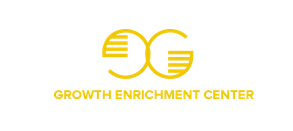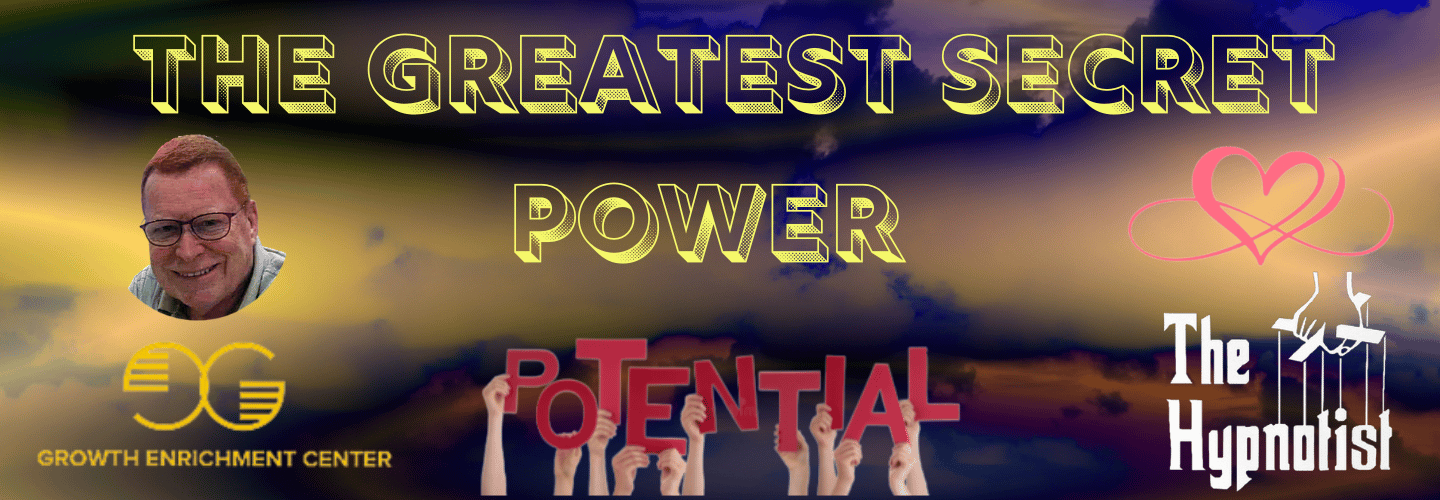
Imagine a world where your decisions are not clouded by preconceived notions or biases. What if you could navigate information with clarity and objectivity, leading to more informed choices and deeper insights? By exploring practical strategies to overcome confirmation bias, you can access a new level of understanding and growth in your personal and professional life. Stay tuned to discover how simple yet powerful techniques can revolutionize the way you perceive and process information, paving the way for enhanced decision-making and enriched perspectives.
Understanding Confirmation Bias
Have you ever wondered why you tend to seek out information that confirms your preexisting beliefs rather than challenges them? Confirmation bias is an important tendency of the human mind to prioritize information that aligns with what we already think or believe. It's like wearing a pair of glasses that only allow you to see things in a certain way, filtering out anything that contradicts your existing perspective.
Understanding confirmation bias is vital because it affects how we make decisions, interpret information, and interact with the world around us. By recognizing this bias within yourself, you can start to break free from its constraints and open yourself up to new ideas and perspectives. It's about being willing to challenge your own beliefs, question your assumptions, and seek out diverse viewpoints.
Embracing a mindset that values curiosity, critical thinking, and openness can help you overcome confirmation bias. By actively seeking out information that challenges your beliefs, engaging with different perspectives, and being willing to change your mind, you can start to expand your thinking and make more informed choices. Remember, growth comes from stepping outside of your comfort zone and embracing the unknown.
Recognizing Bias Triggers
Hey there, recognizing bias triggers is an essential first step in combating confirmation bias.
By identifying common biases and understanding what influences your biases, you can start to take control of your thought processes.
Stay tuned as we explore practical strategies to manage these bias triggers effectively.
Identifying Common Biases
Recognizing bias triggers can be a powerful first step in identifying common biases that may influence your decision-making processes. By paying attention to situations or information that evoke strong emotions or lead you to make quick judgments, you can start uncovering these unconscious biases.
Common biases include the confirmation bias, where you seek out information that supports your preconceived notions, and the anchoring bias, where you rely too heavily on the first piece of information you receive. Being aware of these tendencies allows you to pause, reflect, and consider other perspectives before making decisions.
Embracing this awareness empowers you to navigate your thoughts more objectively, leading to better-informed choices and outcomes.
Managing Bias Influences
To effectively manage bias influences, start by becoming attuned to the triggers that may sway your decision-making process. Recognizing bias triggers is vital in overcoming their impact on your judgments.
Be mindful of situations or information that evoke strong emotions, as these can cloud your objectivity. Reflect on your preconceived notions and be open to challenging them.
Engage with diverse perspectives to broaden your understanding and reduce the influence of biases. Practice active listening and seek feedback to gain insight into your thought processes.
Seeking Diverse Perspectives

To truly overcome confirmation bias, actively seek out a wide range of perspectives that challenge your existing beliefs and assumptions. Embracing diverse viewpoints can help broaden your understanding of complex issues and reduce the impact of bias on your decision-making process.
Start by engaging with individuals who've different backgrounds, experiences, and opinions than your own. Listen attentively to their viewpoints without immediately dismissing them, even if they contradict your current beliefs.
Reading books, articles, or watching documentaries from various sources can also expose you to alternative perspectives. Online forums, discussion groups, or attending events with diverse speakers are excellent ways to gain insights that differ from your own.
Remember that seeking diverse perspectives isn't about changing your mind on every issue but rather about developing a more extensive understanding of the world around you. By actively seeking out diverse viewpoints, you can challenge your assumptions, foster empathy, and make more informed decisions based on a broader range of information.
Embracing Cognitive Dissonance
Embrace the discomfort of conflicting beliefs to expand your perspective and promote personal growth. Cognitive dissonance, the tension that arises from holding contradictory thoughts or beliefs simultaneously, can be unsettling but is a powerful catalyst for self-discovery and learning. When faced with conflicting information or viewpoints, instead of shying away, lean into the discomfort. Allow yourself to sit with the unease and explore the reasons behind it.
Utilizing Devil's Advocacy

When approaching challenging discussions or decision-making processes, consider adopting the practice of Devil's Advocacy to gain a broader perspective and enhance critical thinking skills. Engaging in Devil's Advocacy involves intentionally taking on the opposing viewpoint of your own position in order to challenge your assumptions and beliefs. This technique can help you uncover blind spots, improve your decision-making process, and foster a deeper understanding of complex issues.
Here are five practical tips to effectively utilize Devil's Advocacy:
- Step into the Shoes: Actively imagine yourself in the position of someone who holds an opposing view.
- Question Your Assumptions: Challenge the underlying beliefs that support your current stance.
- Seek Diverse Perspectives: Engage with individuals who've different opinions to gather a more inclusive understanding.
- Encourage Debate: Embrace constructive disagreement to test the validity of your arguments.
- Remain Open-Minded: Approach discussions with a willingness to learn and adapt your views based on new insights.
Practicing Active Listening
Engage in genuine and attentive listening to truly connect with others and understand their perspectives with depth and empathy. Active listening involves more than just hearing words; it requires focus, openness, and a willingness to truly comprehend what the other person is expressing.
When you practice active listening, you create a safe space for open dialogue and mutual respect. Show genuine interest in what the speaker is saying by maintaining eye contact, nodding, and providing verbal cues to encourage them to share more. Avoid interrupting or jumping to conclusions; instead, listen with the intention of understanding rather than simply responding.
Reflect back what you've heard to verify you've grasped their message accurately and show empathy towards their feelings. By engaging in active listening, you not only address confirmation bias but also build stronger relationships based on trust, understanding, and genuine connection.
Challenging Assumptions Effectively

To effectively challenge assumptions, start by questioning the underlying beliefs that influence your perspectives and decisions. It's crucial to cultivate a mindset that welcomes diverse viewpoints and encourages critical thinking.
Here are some practical strategies to help you challenge assumptions effectively:
- Seek Different Perspectives: Actively seek out opinions that differ from your own to gain a more thorough understanding of a situation.
- Ask Thought-Provoking Questions: Challenge yourself to ask questions that dig deeper into the root of your assumptions.
- Reflect on Past Experiences: Consider how previous assumptions may have led to biases or inaccuracies in your thinking.
- Stay Open-Minded: Practice being open to changing your viewpoint based on new information or insights.
- Engage in Dialogue: Engage in respectful discussions with others to explore differing viewpoints and expand your perspective.
Implementing Decision-Making Tools
Ready to take your decision-making skills to the next level? Let's explore some practical tips on selecting the right tools and see real-world examples of how to apply them effectively.
It's time to empower yourself with the right strategies to overcome confirmation bias and make more informed choices.
Tool Selection Tips
When selecting tools to aid in decision-making, consider the specific needs and goals of your team to guarantee maximum effectiveness. It's important to choose the right tools that align with your objectives and will facilitate unbiased decision-making.
Here are some tips to help you make the best selection:
- Understand Your Team's Requirements: Identify what your team needs from a decision-making tool.
- Evaluate Available Options: Research and compare different tools to find the most suitable one.
- Consider User-Friendliness: Opt for tools that are easy to use and understand for all team members.
- Ensure Compatibility: Make sure the tool integrates well with your current systems and processes.
- Seek Feedback: Gather input from your team to make sure the chosen tool meets everyone's needs.
Application Examples
Consider implementing decision-making tools by first identifying key areas within your team's processes where these tools can streamline operations and enhance objectivity.
For example, use a decision matrix to evaluate multiple options based on specific criteria, fostering a structured approach to decision-making.
Implementing a SWOT analysis can help assess strengths, weaknesses, opportunities, and threats in a systematic manner.
Another practical tool is the use of flowcharts to map out processes, aiding in visualizing potential biases or bottlenecks.
By incorporating these tools thoughtfully into your team's workflow, you can promote a more objective decision-making environment and reduce the impact of confirmation bias.
Cultivating Mindful Awareness

To enhance your ability to overcome confirmation bias, focus on developing a practice of mindful awareness. Cultivating mindful awareness can help you become more conscious of your thoughts and judgments, allowing you to approach information with a clearer perspective.
Here are five practical ways to incorporate mindful awareness into your daily life:
- Mindful Breathing: Take a few moments each day to focus on your breath, bringing your attention to the present moment.
- Body Scan Meditation: Practice scanning your body for any tension or discomfort, helping you stay grounded and centered.
- Observing Thoughts: Observe your thoughts without judgment, acknowledging them as they arise and letting them pass without clinging to them.
- Engage Fully: When engaging in tasks or conversations, give your full attention to the present moment, avoiding distractions.
- Reflect Regularly: Set aside time to reflect on your experiences and reactions, gaining insight into your thought patterns and biases.
Frequently Asked Questions
How Can Confirmation Bias Impact Decision-Making in Personal Relationships?
When confirmation bias creeps into your personal relationships, it can cloud your judgment and lead to misunderstandings. Stay open-minded, actively seek diverse perspectives, and question your assumptions. Embrace curiosity and empathy to foster healthy connections.
What Role Does Emotional Intelligence Play in Overcoming Bias Triggers?
When maneuvering bias triggers, emotional intelligence acts as your guiding light, illuminating self-awareness and empathy. Recognize emotions, understand perspectives, and choose responses wisely. Embrace this power within you to overcome biases successfully.
Can Cognitive Dissonance Be Beneficial in Certain Situations?
In some situations, cognitive dissonance can be beneficial as it challenges your beliefs, prompting reflection and growth. Embrace discomfort as an opportunity for learning and self-improvement. Stay open-minded and willing to evolve.
How Can Devil's Advocacy Be Applied in a Team Setting?
When working in a team setting, devil's advocacy can be a game-changer. Embrace the role of challenging ideas constructively. By playing devil's advocate, you push for deeper insights, foster innovation, and prevent groupthink.
Are There Specific Decision-Making Tools That Work Best for Challenging Assumptions?
When challenging assumptions, tools like the Red Team-Blue Team exercise, Pre-Mortem analysis, or the 5 Whys technique can be effective. These methods encourage critical thinking, uncover biases, and enhance decision-making by promoting diverse perspectives and deeper understanding.
Conclusion
So, as you journey towards overcoming confirmation bias, remember this: open your mind like a blooming flower, embracing the diverse perspectives that surround you.
Challenge your assumptions with the sharp sword of critical thinking and navigate through the fog of bias with clarity and purpose.
Let your curiosity be the compass that guides you towards a brighter, more enlightened understanding of the world around you.
The path to objectivity may be challenging, but the rewards are truly worth it.
Keep pushing forward, and watch your perspective broaden like the horizon at dawn.

